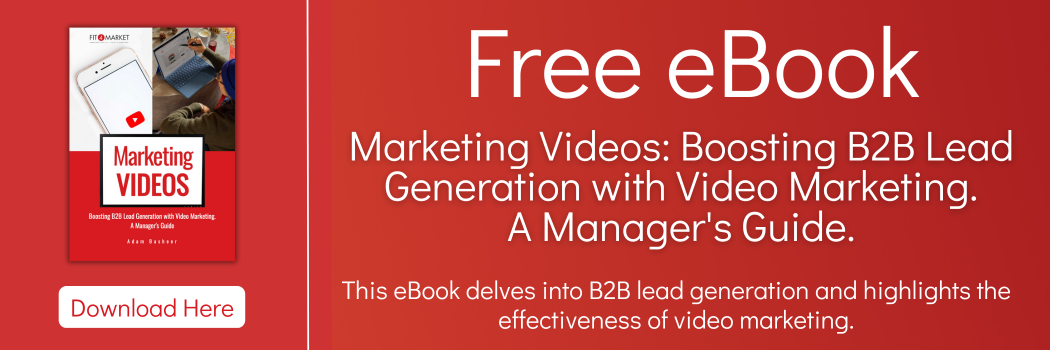Reducing Sales Ratios and Boosting Efficiency
by Adam Basheer, on 13-Nov-2023 10:00:00
The sales ratio, often referred to as the efficiency ratio, is a crucial business indicator, calculated as the ratio of expenses to revenue.
The lower the sales ratio, the healthier the business. This ratio provides a direct insight into the efficiency of a business in generating revenue using its resources. Therefore, it becomes paramount for businesses to consistently strive towards reducing their sales ratios and enhancing efficiency to improve overall business performance.

- Understanding Sales Efficiency and Its Importance
Sales efficiency is the speed at which sales representatives can turn prospects into paying customers. It's usually gauged by dividing the gross revenue by the costs incurred by the sales team. It's essential to differentiate between sales efficiency, which is about the pace of sales, and sales effectiveness, which deals with the output and strategies of the sales team.
Measuring sales efficiency is of utmost importance as it assists businesses in evaluating the worthiness and sustainability of their sales processes and strategies. For instance, a good sales efficiency ratio is typically between one and three, with anything above three an indicator of exceptional efficiency.
- Improving Sales Efficiency Through Understanding the Target Audience
A pivotal strategy for improving sales efficiency is understanding the target audience. Knowing their needs, preferences, and purchasing behaviours can enable businesses to customise their sales efforts, thus reducing time wasted on uninterested prospects. These tactics aid in reducing sales ratios by directing efforts and minimising wasteful expenditure.
- Streamlining the Sales Process with Sales Sequencing Tools and Pre-Qualification of Leads
Sales sequencing tools can automate and streamline the sales process, saving crucial time and reducing overheads. These tools typically automate tasks like follow-up emails, therefore freeing up sales reps to concentrate on more strategic activities. F4M utilises HubSpot as its primary sales sequencing tool, but it can integrate with any other available tools.
Pre-qualifying leads before engaging in sales activities is another effective strategy for reducing sales ratios. It ensures that time and resources are spent only on prospects likely to convert into paying customers, thereby increasing the odds of successful sales.
- Incorporating Inbound Marketing Strategies
Inbound marketing employs strategies like content creation and targeted campaigns to attract qualified leads. These strategies, such as SEO, content marketing, and social media marketing, draw interested prospects to the business rather than the business reaching out to prospects.
Inbound marketing plays a significant role in reducing sales ratios by drawing in prospects who are already interested and more likely to convert. This approach can significantly minimise the time and effort spent on reaching and converting leads.
- Measuring Sales Efficiency: Metrics and Tools
Tracking sales efficiency metrics is vital to assess the success and cost-effectiveness of sales strategies. Common metrics include the revenue-to-cost ratio, customer acquisition cost, lead response time, sales calls per rep, and customer contact frequency.
Tools like sales performance management systems and customer relationship management systems can be highly beneficial in measuring sales efficiency. By tracking these metrics and using the right tools, businesses can optimise their sales ratios and enhance their overall efficiency. Contact Fit 4 Market today.


